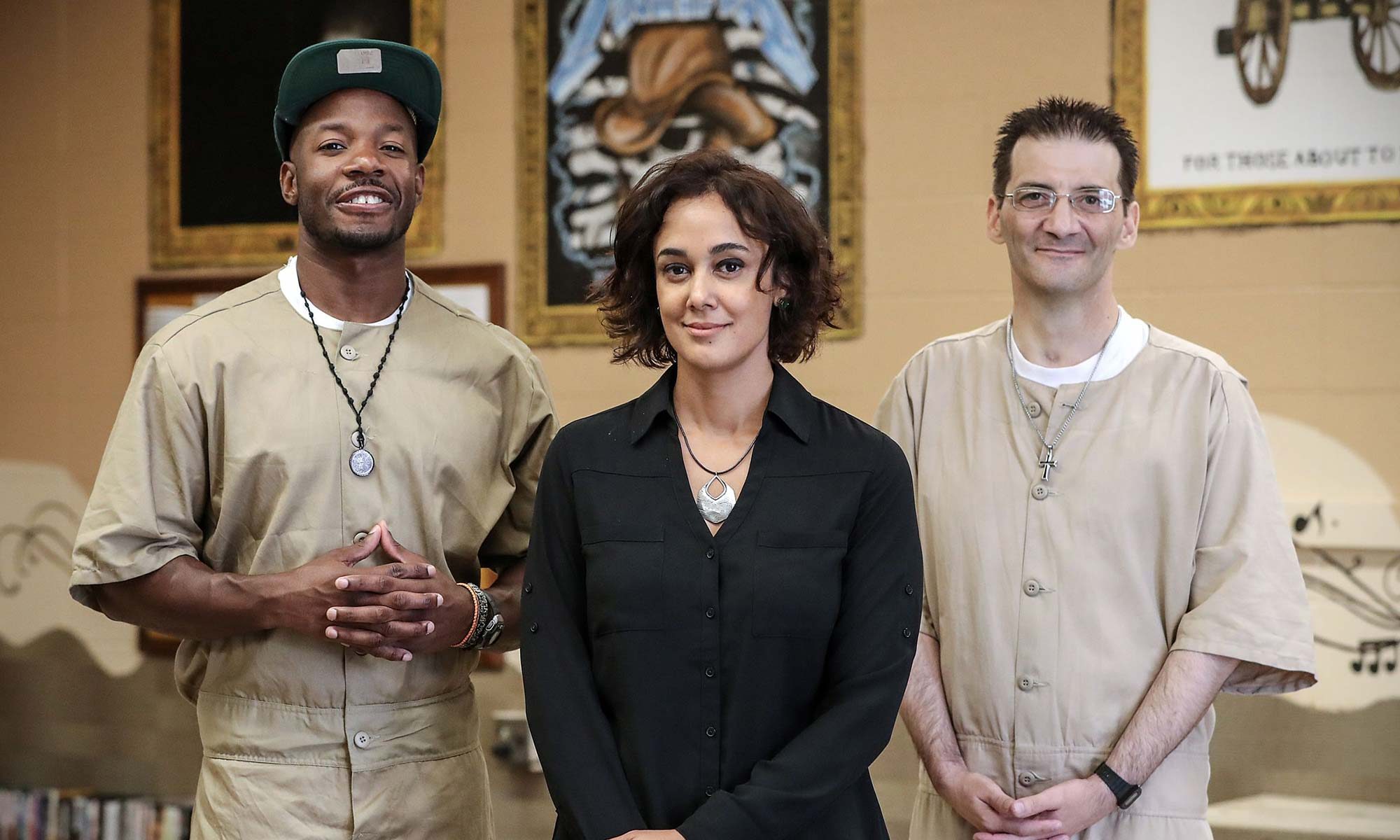A prison revolution erupted in 1973 at the state prison in Michigan City, Indiana. It came swiftly and without warning. As a prisoner and witness to that revolt, I can say unequivocally that activist Emma Goldman was correct when she said, “No real social change has ever been brought about without a revolution…”
A gray building and a large wall blocks the view of the street was my home. Steel and concrete are depressing. Inside the large cellhouse are five stories of cells. I was in the C-cellhouse. In front of the cells lay a five-foot wide concrete walkway known as “the range” with high railing that run the length of the range to prevent prisoners from falling off. Each cell has a toilet and sink, a chain and a lock. The chain and lock allow a prisoner the comfort of securing his own cell. The noise level in a cellhouse housing 400 rowdy souls yelling, laughing and talking can sometimes be overwhelming. Only at night, when the body gives up to rest could one know the feeling of peace but it would be short lived because morning always comes.
Tensions in 1973 grew. Prisoners had tried discussing a long list of grievances with prison officials but they fell on deaf ears. In time, it became obvious to prisoners that no one cared, and prisoners felt that guards continued to treat them as less than human. Cries in the night ranked among the most serious grievances reported to prison officials. Even worse, guards had masqueraded as nurses, a terrible sewage smell emanated from the kitchen, and prisoners were found in hung in cold, dark, isolated cells with their hands tied behind committing suicide according to prison officials. At the time I thought, how could anyone look in the mirror, knowing they had let another human being die in agony? I felt hopeless, but back then the reality was guards did not consider prisoners human beings.
Suddenly, a group of armed prisoners entered C-cellhouse. I stood on the range in front of my cell after chow waiting on lockdown to be called but no call came. Unbeknownst to me, a group of armed prisoners had entered the cellhouse and took the guards hostage. The front door was barricaded with fifty-five gallon containers filled with water. No one was coming in and no one was going out. I sensed something was amiss as the normal rhythm in the cellhouse changed. Proof of that change came when a prisoner was running down the range yelling like Paul Revere when the British were coming, “They took over the cellhouse, they took over the cellhouse!” he screamed. I stopped him and asked, “Who took over the cellhouse?” He replied, “We took over the cellhouse, the prisoners.” I felt sickened and thought to myself, we my ass. I’m not taking over anything. I’m more of the pen is mightier than the sword kind of guy. I’m not about knives and hostages. Messages flowed steadily with the latest updates. I soon learned that all cellhouses had been taken over and that prisoners controlled the entire prison.
Those who led the revolution knew what they were doing. They immediately realized the importance of keeping the hostages safe. Some in the cellhouse wanted to harm them but the revolutionary leaders locked them in cells and assigned armed prisoners to protect them. While negotiations went on, prisoners made signs using bed sheets and black paint which read: We want to speak with the media and want to be treated humanely. Signs hung at the top of the cellhouse and out the windows for the public and media to see. Other armed prisoners patrolled the cellhouse and kept the peace. From my time in the Marine Corp and Vietnam, I recognized a well-planned operation.
The revolution continued for days and hunger began to set in. Not everyone had food and those who did held on to it. The Governor got involved. Negotiations continued. Then, an agreement was made with the Governor included no reprisals against prisoners but it was dependent solely on whether or not the hostages were released unharmed. When word spread that the hostages had been released, pandemonium set in and Paul Revere was again on the ranges yelling, “Put your mattresses in front of your doors to protect yourself.” Everyone believed officers would come in shooting. In the hysteria that followed, I grabbed my thin mattress and placed it in front of my cell door. As I stood there, hidden behind my mattress I thought: What in the hell am I doing – no thin mattress was going to stop a shotgun blast. I took the mattress down, put it back on my bed and laid on it. Guards did come in but without guns. They took a head count and passed out bologna sandwiches.
After extensive negotiations, an agreement was reached with the Governor. He promised that leaders would be treated fairly and unharmed. Social changes began to take place. Prison guards had to attend mandatory training classes on how to treat prisoners with respect. Guards had to respond to cries in the night and they had to log them in a log book. Qualified nurses were hired at the hospital. And deaths in cold, dark isolated cells were under investigation. Life at the state prison improved for the good of all because of the revolution and because of the courage of the revolutionary leaders who took a bold step to right the wrongs being done to prisoners.

